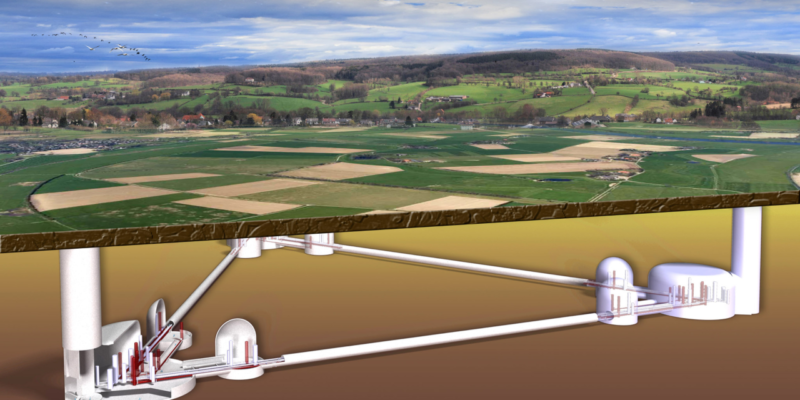
The study of water movement in the subsurface geologic environment is known as étude hydrogéologique environnementale. The basic ideas of groundwater flow through sediments and bedrock, as well as the key equations used to calculate groundwater flow rates, are reviewed in this article. These equations are crucial in the development of numerical simulation models that forecast how a groundwater system would respond to induced stresses like large-scale groundwater withdrawals or climate change.
Relationship between groundwater and surface water
The relationships between groundwater and surface water may be altered because of these stresses. Hydrogeology also entails investigating the transport and fate of contaminants that penetrate the subsurface environment, as well as analyzing water chemistry changes along a subsurface flow path.
These pollutants can be found as dissolved solutes or as a distinct liquid phase like gasoline. The equations used to forecast the evolution of solute concentrations in groundwater systems are presented in this article.
Because of the impact of pore waters on the mechanical characteristics of a rock mass, and the huge redistribution of solutes and warm air in crystal rocks, water filling the open pores in sediments and rocks plays a key role in an amount of geologic and geodynamic processes occurring within the earth’s upper crust.
A critical stage in developing numerical models
The most critical stage in developing conceptual and numerical models of groundwater flow and solute transport is defining the geometry and anatomy of a natural hydrogeologic environment. Under natural conditions, no matter what type of environment we are dealing with, it is never homogeneous and isotropic. The distribution of heterogeneities shows the genesis and evolution of rocks across time.
The environment in urbanized and industrialized areas is further complicated by freshly developed heterogeneities caused by human activity. Intricate hierarchical structures are commonly used to describe heterogeneities. However, in a model, a schematic representation of real-world conditions is required. As a result, it is critical to identify hydrogeological conditions at scales that correspond to the study’s goal.
To sum it up
As previously stated, hydrogeology is a branch of the earth sciences concerned with the flow of water through aquifers and other deep porous media (typically less than 450 m below the land surface). Soil science, agriculture, and civil engineering, as well as hydrogeology, are all concerned with the relatively shallow movement of water in the subsurface (the upper 3 m).
Geologists, geophysicists, and petroleum geologists are all concerned about the general flow of fluids (water, hydrocarbons, geothermal fluids, and so on) in deeper formations. Because groundwater is a slow-moving and viscous fluid, many empirically obtained principles of groundwater flow can be deduced from the particular case of Stokes flow in fluid mechanics.












